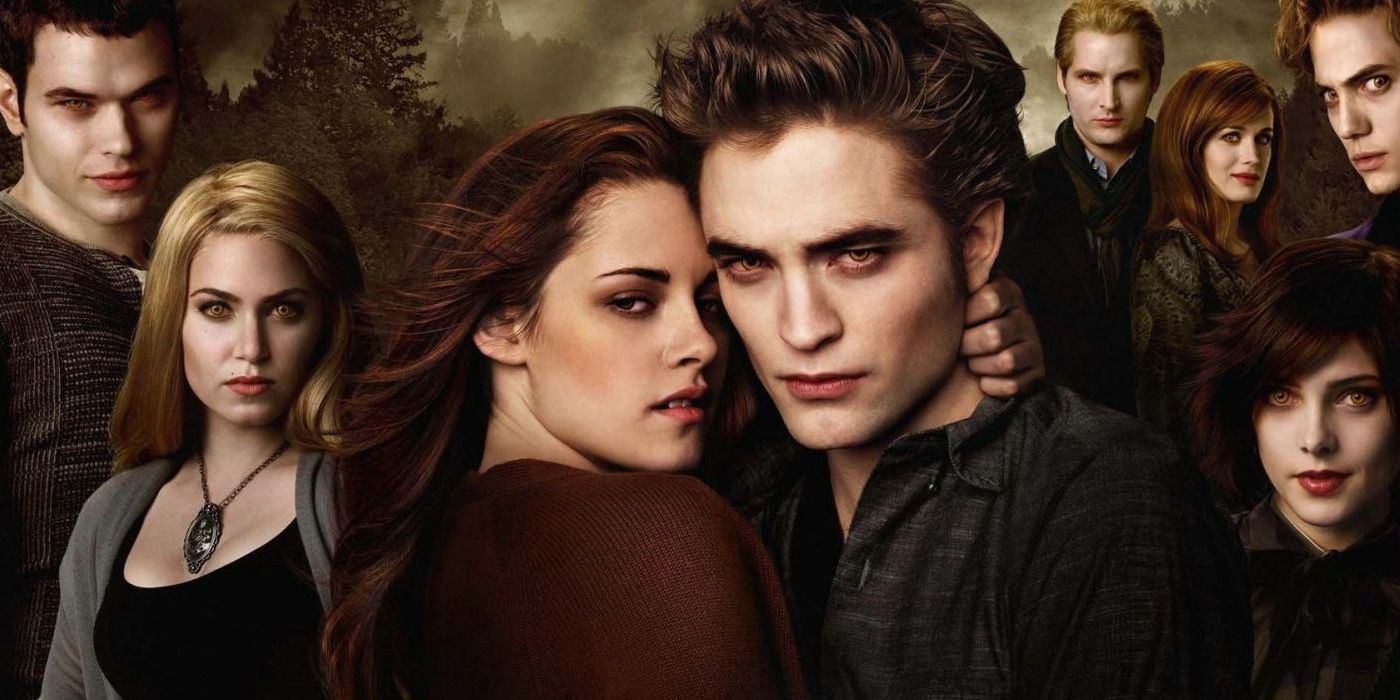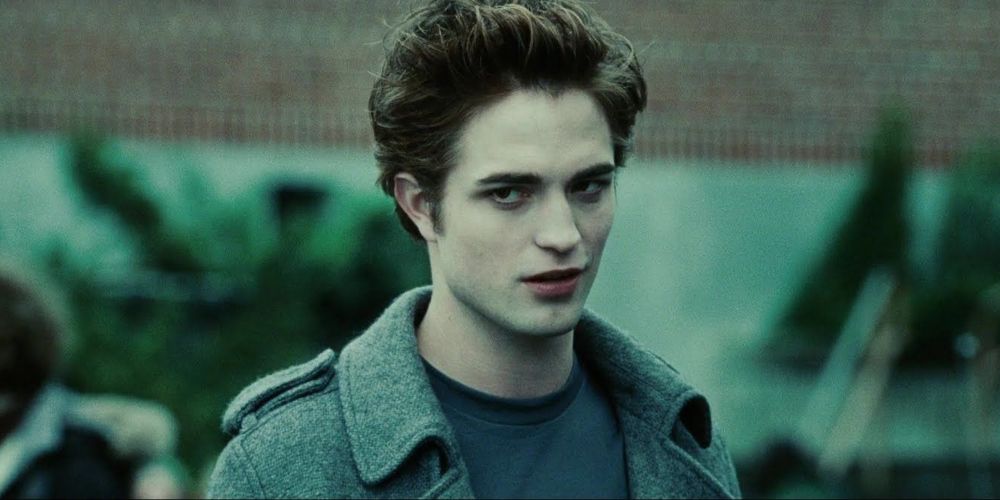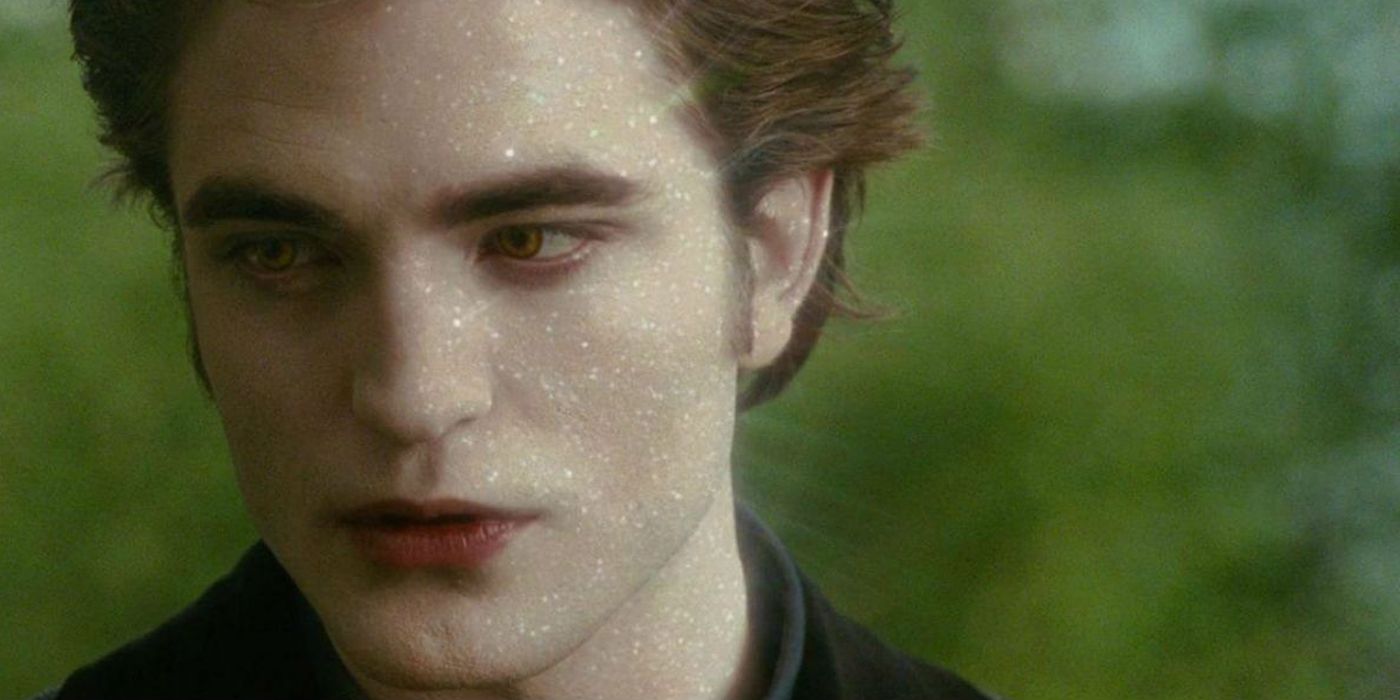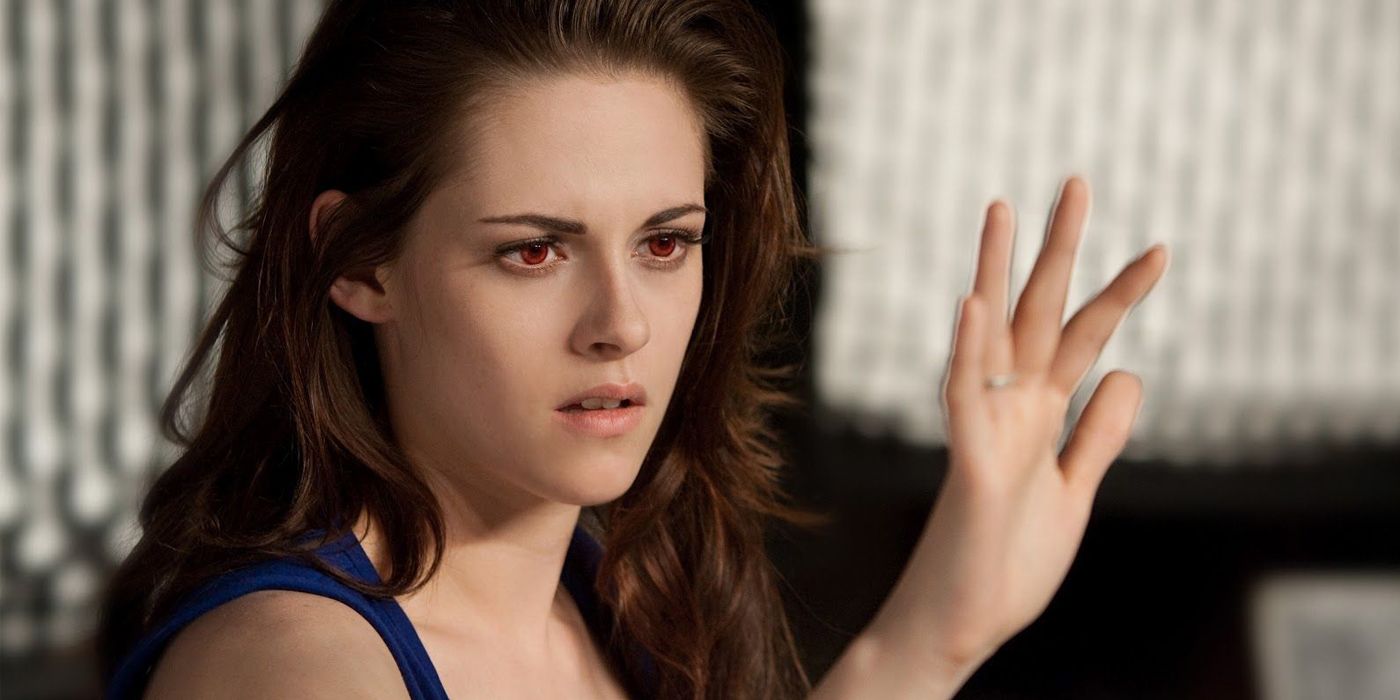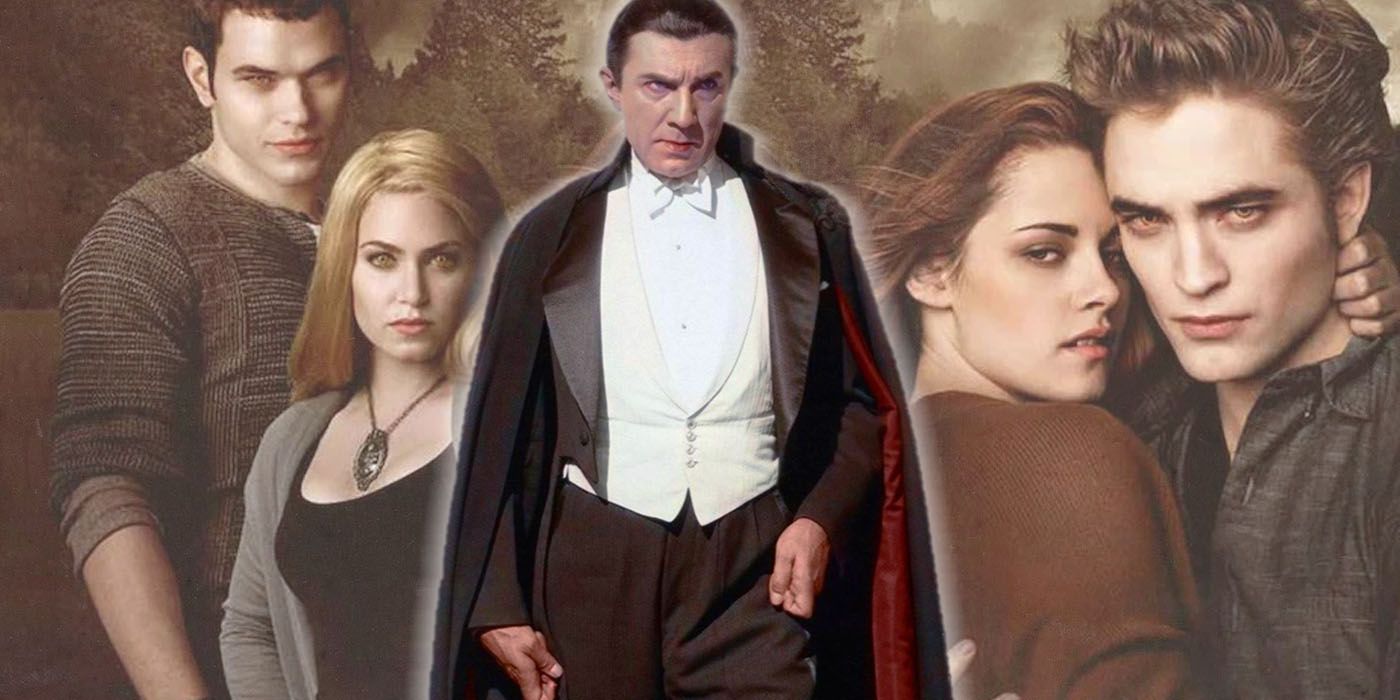Prior to the age of superhero mania and reboots galore, movie theaters were packed with fans flocking to see a different kind of feature. The early 2000s saw a massive surge in the young adult genre, with many beloved young adult novels finding themselves with big-screen counterparts. Arguably the most popular among these was the resurgence of the vampire genre of storytelling. Made famous in films like Dracula, Interview with the Vampire, and the Underworld franchise, vampires have always been a fascinating subject for filmmaking. However, the debut of one novel took the industry by storm when it was adapted for the screen in 2008.
Following unassuming teen Bella Swan after she moves to Forks, Washington, Twilight begins as any typical teen romance flick of the early 2000's: girl meets boy, boy shows a borderline-obsessive interest in girl and they fall in love (through questionable circumstances). However, Twilight throws an interesting wrench into the mix right off the bat by revealing Bella's love interest, the dreamy and broody Edward Cullen (Robert Pattinson), is a 100-year-old teenage vampire.
Twilight was arguably the biggest film of the late 2000s, raking in $407 million at the box office and becoming a worldwide sensation, launching its cast into the throes of superstardom practically overnight. Writer Stephenie Meyer took inspiration from classic vampire novels and films and put a unique twist on the traditional vampire with her four-book young adult series (and later five subsequent films). While an original take on the traditional monster genre, there are some characteristics of Twilight's vampires that differ from the more well-known creatures of the night.
Pale White and Ice-Cold
Twilight ignited the passions of teen girls everywhere with the introduction of Edward Cullen and his family of century-old, stunningly beautiful vampires. Their physical characteristics follow similar themes of more famous movie monsters: pale, icy skin and sunken eyes, increased senses of sight and hearing and super strength and speed. Where Twilight strays from this traditional path is in its modern setting: taking the vampires the story is based around and placing them in a modern setting, a high school.
Meyer treats immortality like a curse within her narrative, using the Cullen's agelessness as a crux rather than a gift, dooming them to repeat their formative teen years over and over, eventually forced to move cities once they graduated to avoid any growing suspicion from their friends and neighbors. It's an unforgiving life, but also an immortal one, and this impasse plunges the Cullens into a moody, grey-washed, fancy-sweater-wearing mope fest throughout the course of the Twilight Saga.
The Sun Presents a New Dilemma
The most iconic characteristic about vampires is their inability to walk in the daylight. Traditionally, the sun was fatal to vampires, burning them the moment they stepped into its powerful light and also revealing their true nature to any humans nearby. The Vampire Diaries, another young adult offering airing on the CW between 2009 and 2017, introduced an interesting remedy for this problem by giving its vampires daylight rings enchanted with magic that enabled them to walk in the daytime without issue. Twilight used a completely different take on this subject, where Meyer's vampires sparkled in the sun rather than being damaged by it.
The concept itself is almost comical when compared to previous vampire-centric films. The Twilight books often described the look of Edward's skin as resembling diamonds; not rough on the surface but reflecting brilliantly in the daylight, thus forcing the Cullens -- and other vampires within this universe -- to remain concealed during particularly sunny days. This is ultimately why the Cullen family chooses Forks to reside in; the rainy pacific northwest climate is just gloomy enough for them to be able to walk around during the daytime without having to worry about the sun exposing their immortal status to the rest of Forks' residents.
Let Them In
Googling the term "vampire" yields countless results of classic vampiric novels and films, all with similar characteristics among their titular monsters. The first literary instances of vampires first appeared in 18th-century poetry, outlining mysterious creatures of the night who looked like regular men but secretly craved the taste of human flesh and blood. One of the most common pieces of vampire lore is that one must invite a vampire into their home upon initially meeting. In the 18th century, in a spiritual sense, the threshold of one's house signified a sort of impassable barrier between the outside world and the actual home in which one resided. Inviting a creature like a vampire, usually shrouded in evil or dark magic, meant breaking that barrier willingly.
By voluntarily breaking that invisible connection and allowing a vampire inside, the vampire could now come and go as they pleased into a human residence. The Vampire Diaries and Interview with the Vampire both touch upon this specific vampire trait, however, it is noticeably absent within the Twilight series aside from maybe a few brief lines of dialogue within the books that were completely omitted from the screen adaptations. Edward and the rest of the Cullens travel freely with virtually zero restrictions on where they could enter. There's no real explanation for why Meyer decided to stray from this original history; it could be to shake up the narrative of vampires as audiences came to now them, or to simply provide a more modern and convenient take on the story.
A Stake to the Heart
Time and time again popular vampire content all provides the same solution to destroying an immortal vampire once and for all: by piercing their un-beating hearts with a wooden stake. Again, Meyer touches on this briefly within the Twilight books, though it's covered more as banter between Bella and Edward as she initially tries to figure out what he is. Edward later explains -- albeit briefly within the first film of the Twilight Saga -- that the only way to properly dispatch a vampire (at least, in Meyer's universe) is to rip it apart and burn the pieces. Of course, the only thing strong enough to rip a vampire apart is another vampire, which presents a challenge for any human trying to face off against the immortal beings.
Twilight changed the face of the young adult genre forever. Over a decade after hitting theaters, all of Twilight's original fanbase have since grown into adulthood, and now view their former favorite teen film as now one of the most meme-worthy movies of all time. After being moved to Netflix in the summer of 2021, Twilight saw a huge resurgence as fans revisited the flick -- mostly to tear it apart with scathing tweets and hilarious memes. Regardless of where fans stand on their opinion of the series, there's no denying Twilight helped to reshape vampires for the modern world as we know it.

